Copper riot - what did the first inflation in Russian history lead to
Categories: History
By Pictolic https://pictolic.com/article/copper-riot-what-did-the-first-inflation-in-russian-history-lead-to.htmlAugust 4, 1662 is the date when the "Copper Riot" broke out in Moscow. In this article, we will dive into the historical events of that time and learn about the mass uprising of the townspeople against the issuance of copper money. The people suffered: thousands of people were killed and exiled. However, they did not give up and achieved their goal - the authorities were forced to withdraw copper coins from circulation. We will find out what were the reasons for this uprising and how it affected the history of the country.
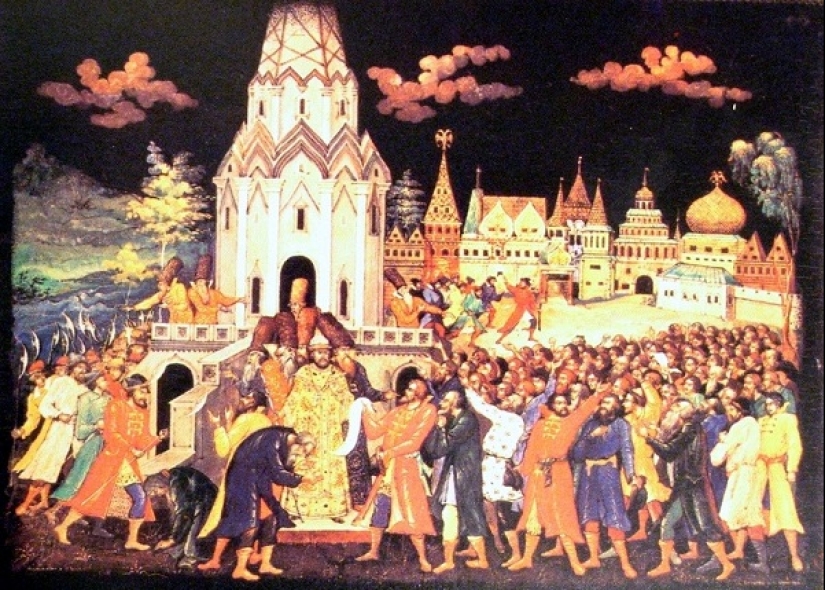
The copper riot, which was the result of perhaps the first serious inflation in Russia, was already the third after the Salt (1648) and Khlebny (1650).
The reign of Tsar Alexei Mikhailovich (1645-1676), nicknamed the Quietest, is characterized by wars and civil unrest. By his nature, the sovereign was a gentle, pious and kind person. But his immediate environment left much to be desired. The most authoritative person for the tsar was the boyar Boris Ivanovich Morozov (1590-1661). The second most important was Ivan Danilovich Miloslavsky (1595-1668) - the father of Maria Miloslavskaya, the wife of Alexei Mikhailovich. It was these people who provoked the copper riot in 1662. And the reason for it was the monetary reform, which began in 1654.
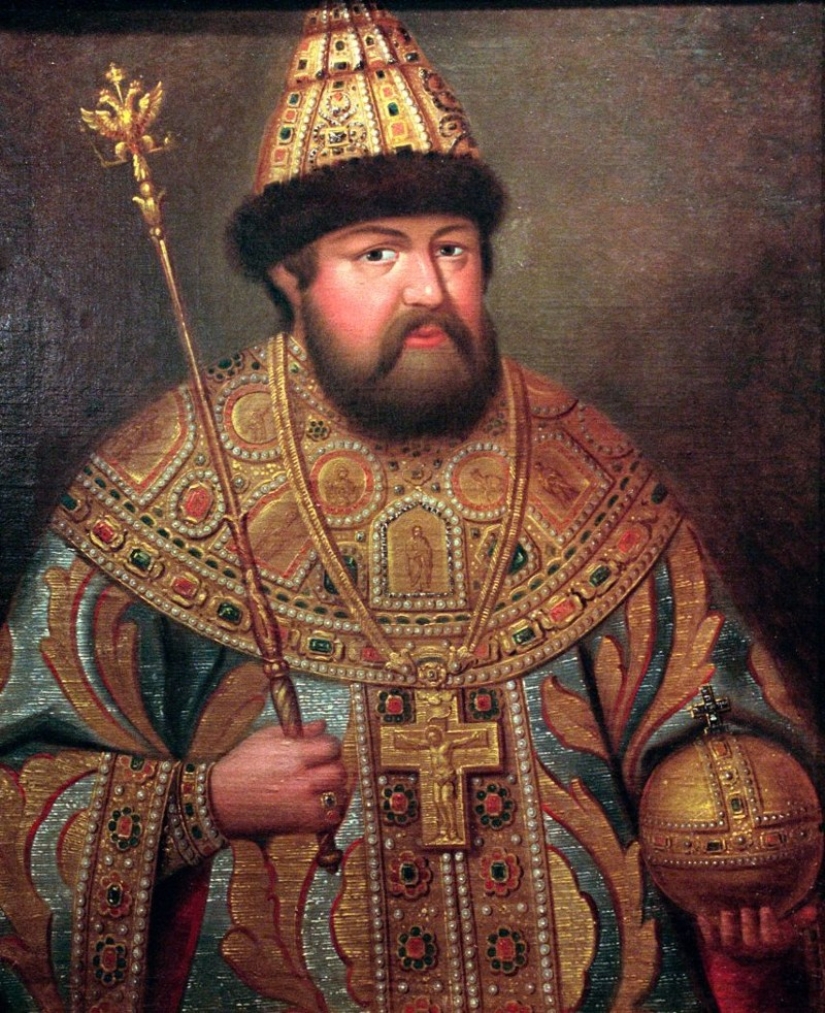
Fyodor Mikhailovich Rtishchev (1626-1673) is considered to be the initiator of the monetary reform. He was familiar with the European monetary system, considered it progressive, and suggested introducing larger monetary denominations in the country. Along with this, he expressed the idea to start minting copper money, which had long been practiced in European countries.
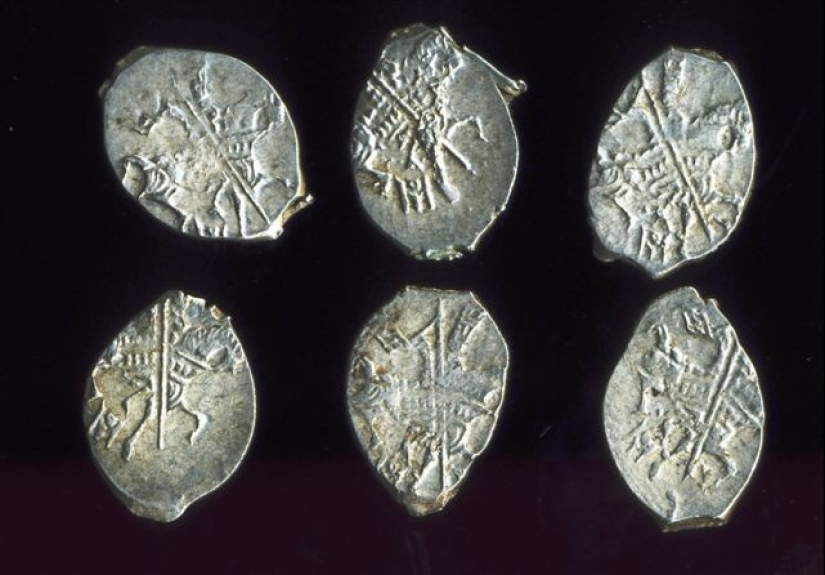
The monetary system that existed at that time was formed in 1535. The largest monetary unit was the silver kopeck. It was followed by money, the face value of which was half a penny. The smallest coin in this series was a half. It was equal to half the money and a quarter of a penny.
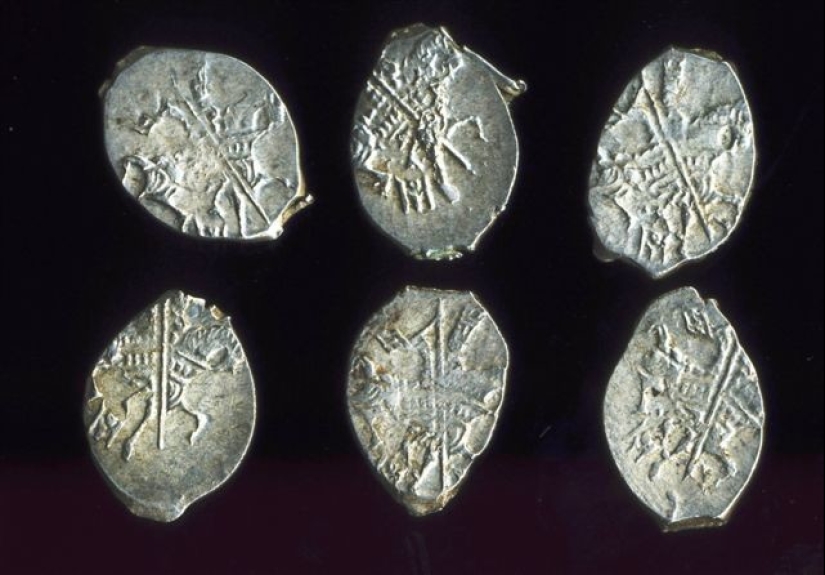
Such a monetary unit as the ruble existed only in the calculations of large sums of money. But there were no coins with such denomination. In our time, there is no banknote in a million rubles. So it was at that time. They said it was a hundred rubles, but they paid in kopecks. The first minted ruble appeared in 1654 with the beginning of the reform.
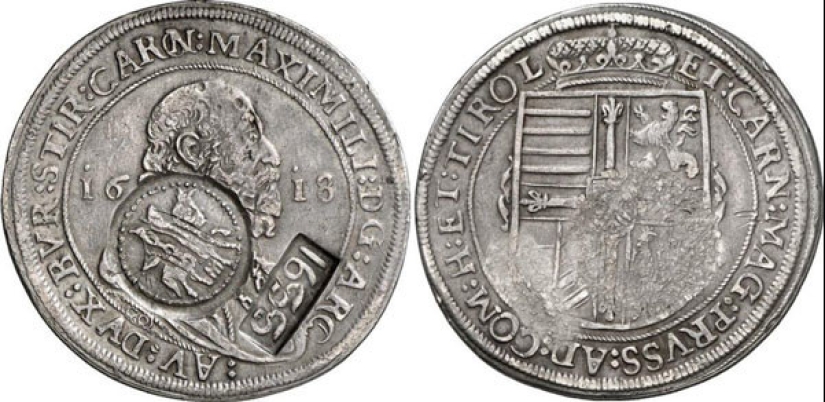
The situation was also interesting because there were no silver mines in Russia. Their money was made from purchased foreign coins. For this, silver Joachimstalers were purchased in the Czech Republic. Subsequently, they began to be called thalers, and in Russia they were called efimki. The purchased raw materials were not processed in any way. They just put overmarks on the thaler, and he changed his nationality.
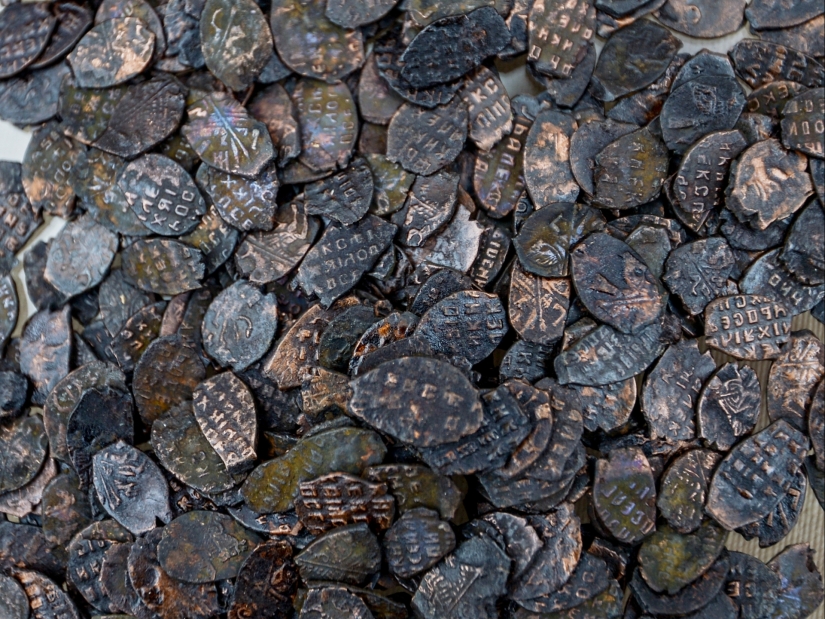
In 1655, mass minting of copper kopecks began instead of silver ones. At the same time, it was officially announced that their purchasing power is the same. That is, copper was equated with silver by a strong-willed decision. There were copper mines in Russia, so this idea seemed very profitable financially. Although from a legislative point of view it was a clear scam, and carried out by the state.
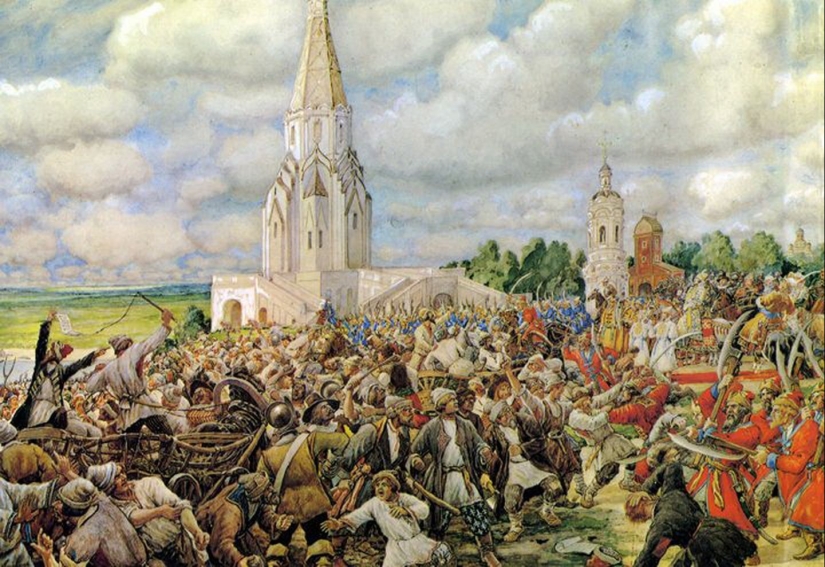
But here you need to understand the logic of the courtiers. In 1654 the war with Poland began. For its maintenance huge sums of money were needed. To do this, it was possible to introduce a tax on the war. But more recently, the capital was shaken by a salt riot (1648), which was the result of a tax reform. Therefore, the government was careful not to raise taxes, but went the other way. A combination was invented that at first, apparently, seemed ingenious. But time has shown that it was impossible to think of anything more stupid.
The transition to copper money promised huge profits. A pound of copper was worth 12 kopecks on the market. From this pound it was possible to mint coins for 10 rubles. Smart people figured it out, calculated it, and almost suffocated with excitement. The total income from such a monetary reform was estimated at 4.175 million rubles. At that time, the amount was astronomical.
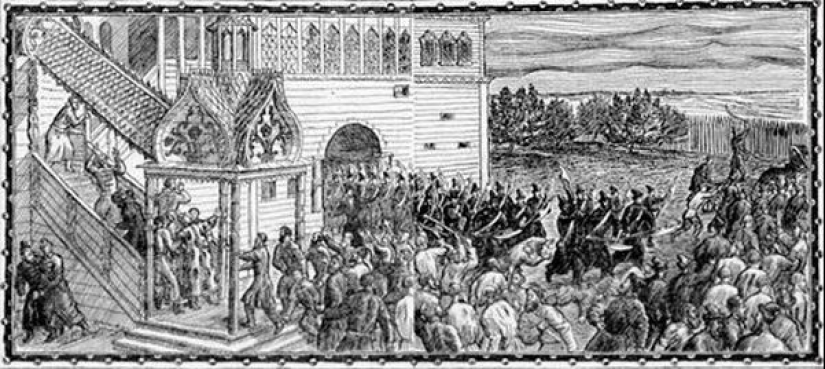
Copper money began to be minted, but the matter was aggravated by the fact that it was forbidden to exchange them for silver or gold. Taxes were also collected in silver money. The state did not take copper, it only gave it to the domestic market. But the first 4 years everything developed relatively calmly. The population perceived the innovation as a temporary measure in case of war.
However, hostilities dragged on. More and more money was needed. In 1659, the government decided to forcibly withdraw all silver from the population by exchanging it for copper. And by this time there were a lot of copper coins in the hands of people. In this regard, the state was generous. It minted unsecured copper money in Moscow, Pskov and Novgorod. Their purchasing power began to plummet. Accordingly, prices began to rise. “White” and “red” price tags appeared on the markets. The first indicated the price in silver money, and the second in copper.
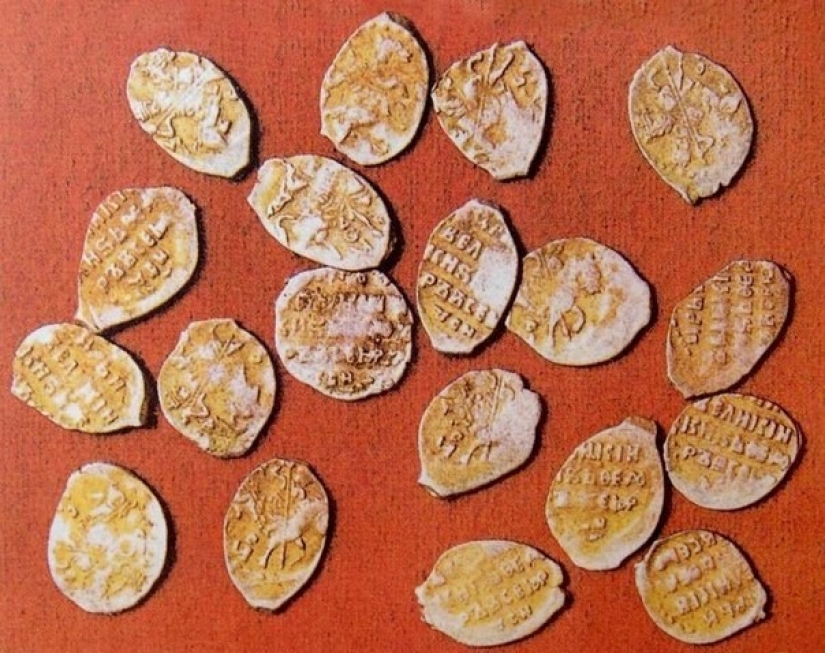
The peasants began to categorically refuse to sell grain for copper. Essential goods began to rise in price sharply. Bread prices have risen several times. The same thing happened with other foods. For one silver kopeck, they began to give 30 copper ones. Even with a simple eye, it was clear that a financial catastrophe was brewing.
Against the backdrop of all these flaws, counterfeiters flourished. All and sundry began to mint counterfeit money. This was a simple matter, since the coins did not have several degrees of protection and “watermarks”. Fakes were made using a fake brand. Any mediocre craftsman could make this. It was cast, of course, not a precious metal. For these purposes, tin and lead were used. All segments of the population were engaged in this business. And almost every person possessed the elementary skills of blacksmithing and foundry.
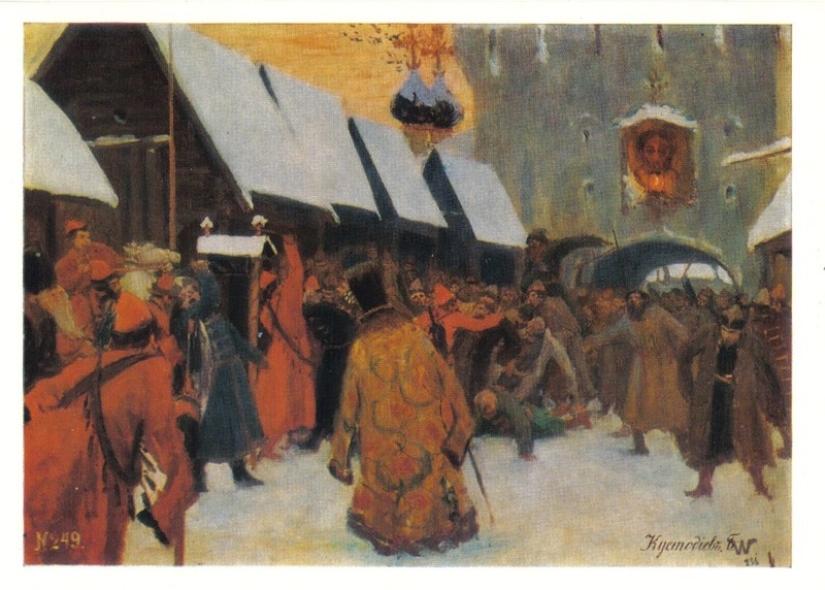
The government tried to remedy the situation as best they could. Since 1660, attempts have been made to find large deposits of silver in Russia. However, in a short time it was impossible to do this. The next step was the introduction of a temporary monopoly on the trade in hemp, sable fur, beef lard, and potash. These goods made up the bulk of exports in the 17th century. Producers were supposed to sell them to the treasury for copper, which was already resold to foreign merchants for silver.
But the main bet was made on counterfeiters. It was on them that they decided to blame all the flaws of the failed financial reform. Criminals began to be missed in huge numbers. In Moscow alone, 40 underground mints were discovered. But here one nuance was not taken into account. Not only ordinary people were engaged in unsightly activities. Boyars also minted counterfeit money. And they did it on such a scale that ordinary citizens never dreamed of. The tsar's father-in-law, Ivan Danilovich Miloslavsky, also fell under suspicion. The investigating authorities decided to hide his name, but the people learned about the unsightly activities of the courtier.

In July 1662, a rumor spread throughout Moscow that Miloslavsky and several members of the Boyar Duma minted counterfeit money. But they did it not only for personal gain. The boyars were in a secret collusion with the Commonwealth. All these conversations and unrest resulted in a copper riot. On July 25, 1662, a huge crowd of people gathered and went to Tsar Alexei Mikhailovich. He at that time was in his palace in the village of Kolomenskoye.
Many thousands of people gathered near the palace, and the king was forced to go out to his subjects. But those who came behaved with restraint and correctness. They asked only to resolve the issue of high prices and to stop taking silver coins as a tax. The people also demanded to punish the boyars who were engaged in the manufacture of counterfeit money. Alexei Mikhailovich promised to deal with all these issues. The excited people gradually calmed down and moved back to Moscow.

But while the sovereign communicated with some residents, another mass of people formed in Moscow. It was mostly merchants and peasants. Copper money hit their well-being very seriously. The merchants laid all the blame on the counterfeiting boyars.
These people also moved towards Kolomenskoye. But they were much more determined. They surrounded the palace and demanded that the boyars who minted the "stolen" money be handed over to them immediately. However, by this time, troops were brought up to the palace. They were ordered to disperse the crowd. The people were unarmed and could not resist the equipped soldiers. The crowd was pushed back to the river, and many merchants and peasants were killed, and some people drowned. Several thousand people were arrested. Subsequently, they were judged. By his decision, the instigators were exiled to the uninhabited Siberian lands.

The power won, the copper rebellion choked in its own blood. But he forced the authorities to reconsider the financial policy that led the country to death. Copper money began to be gradually withdrawn from circulation, and on July 15, 1663, that is, a year after the popular unrest, a decree was issued that imposed a ban on the minting of copper coins. The country returned to the old and proven monetary system.
The first order was followed by the second. According to it, it was forbidden to keep copper money. It was ordered to exchange copper for silver within 2 weeks at the rate of 100 copper kopecks for 1 silver. An official government statement was also issued. It said that counterfeiters were to blame. It was they who spoiled a brilliant economic idea with thieves' money. On this, the authorities considered the issue closed, and life gradually returned to its usual track.
Recent articles

The next time you're at a dinner party and someone lays out different nuts, take a moment and let everyone know that many of the ...

Discussions have been going on about the origin of the Americans' nickname "Yankee" for a very long time. There are many versions, ...

A nudist cruise isn't just a clothing-optional sea voyage; it's an entire subculture with its own rules, traditions, and ...